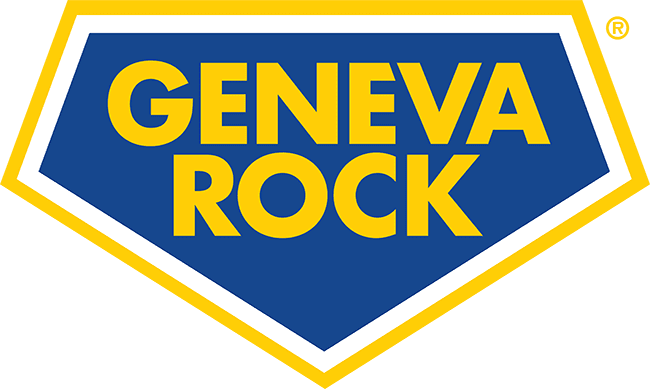WHAT IS MIRCOSURFACING?
Microsurfacing is a road maintenance tool that involves laying a mixture of dense-graded aggregate, polymer modified emulsion, additive, mineral filler (cement) and water to correct or prevent certain deficiencies in pavement conditions. (Hein, 2003) In layman’s terms — it’s an advanced slurry-seal.
Microsurfacing was developed in Germany in the 1960s and introduced in the United States in the 1980s. One of the key advancements over slurry-seal is the chemical curing process microsurfacing uses. The chart to the right provides a simple comparison of the two products.
Like cars, asphalt roads need preventative maintenance to extend their lives. While these procedures have costs associated with them, they’re much more affordable than buying a new car every 30,000 miles.
Roads work in a similar fashion — they’re expensive to build, mill and rebuild, so using a preventative product to extend the life of the road makes financial sense. For the task of creating and maintaining a city’s infrastructure, especially in today’s age of tight budgets, it is imperative that existing roads last as long as possible.
Road lifecycle studies show that maintenance through microsurfacing provides the best balance of effectiveness, cost, number of deficiencies for which it addresses and potential for future development of any preventative maintenance treatment. (Broughton, 2012)
WHY MICROSURFACING?
Given the right circumstances, microsurfacing has several advantages over other road maintenance options.
1. Extensive Cost Savings. Preventative road care can have impressive savings for pavement preservation. “Using the right pavement preservation application, on the right road, at the right time can mean a savings of $400,000 to $500,000 per mile of two-lane road over a 50-year period,” said Carter Dabney, director of the International Slurry Sealing Association. “Considering today’s shrinking budgets and the number of miles in road networks, it is clear that municipalities cannot afford to ignore the value of microsurfacing for pavement preservation.”
2. Shortened Construction Timelines. Traditional slurry-seal requires UV light to seal and takes up to 24 hours to set. Microsurfacing, on the other hand, is ready for automobile traffic in just 60 minutes in most cases and does not require UV light — meaning it can easily be done at night to reduce impact on travel.
3. Environmentally Friendly. The chemical bonding properties microsurfacing incorporates require fewer aggregates than traditional maintenance techniques. Geneva Rock Products is also testing a mixture that uses recycled materials, making microsurfacing the ecological and sustainable choice.
4. Minimization of Loose Aggregates. The microsurfacing process greatly reduces the number of loose aggregates after application compared to other maintenance treatments, such as chip seal and slurry seal, thereby limiting costly claims after a project.
5. Appearance. Aesthetically, microsurfacing bonds to a black color, creating the sense and visual quality of a new road.
6. Extended Wear & Tear. Microsurfacing is a long-lasting solution, typically outwearing other preventative measures by 20 to 40 percent. It also has more applications, such as filling in deeper ruts or cracks in the roadway.
Local cities are catching on to the benefits that microsurfacing provides their communities. Jared Peck, street section engineering specialist for the city of Orem (Utah) has been using microsurfacing for the past two years.
“We like microsurfacing because it has a quick turn-around time and holds well,” he said. “Not only does it look like a new road, but we preserve the life of our roads at a fraction of the cost it would take to rebuild them. It makes sense to use microsurfacing on high-volume arterial streets. Research and experience has proven micro-surfacing most cost effective for road preservation.”
WHERE IT MAKES SENSE
Microsurfacing is not a one-stop, cure-all solution. When considering microsurfacing, existing pavement should be in relatively good condition. Using the road condition scale of one to ten, roads suitable for microsurfacing should rate a six or better. Roads with significant cracking, sunken sections, and potholes, are likely to fail regardless of microsurfacing.
Geneva Rock has been supplying microsurfacing to the Wasatch Front for more than seven years. As more municipalities begin to see the value and extended benefits of microsurfacing, the further their budgets will go for funding infrastructure.
